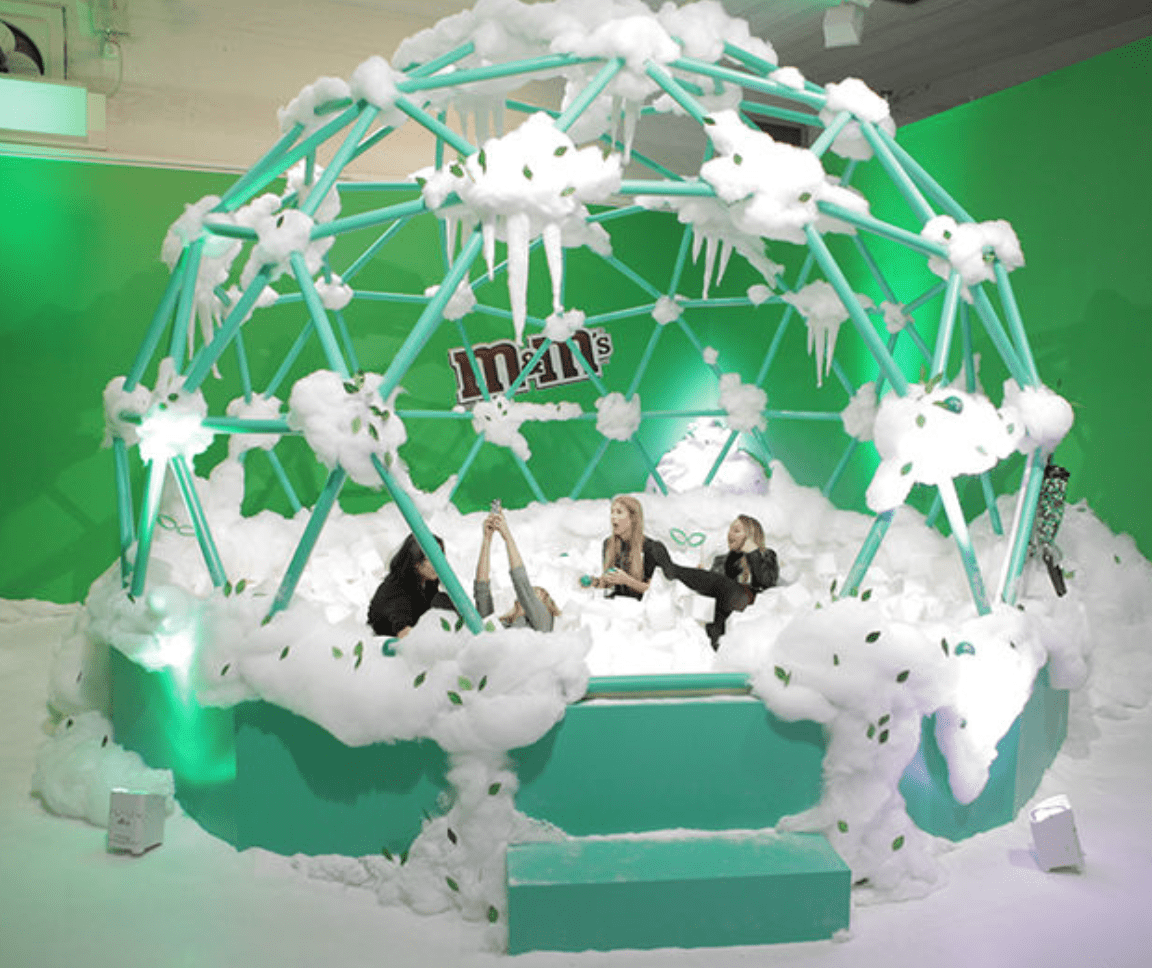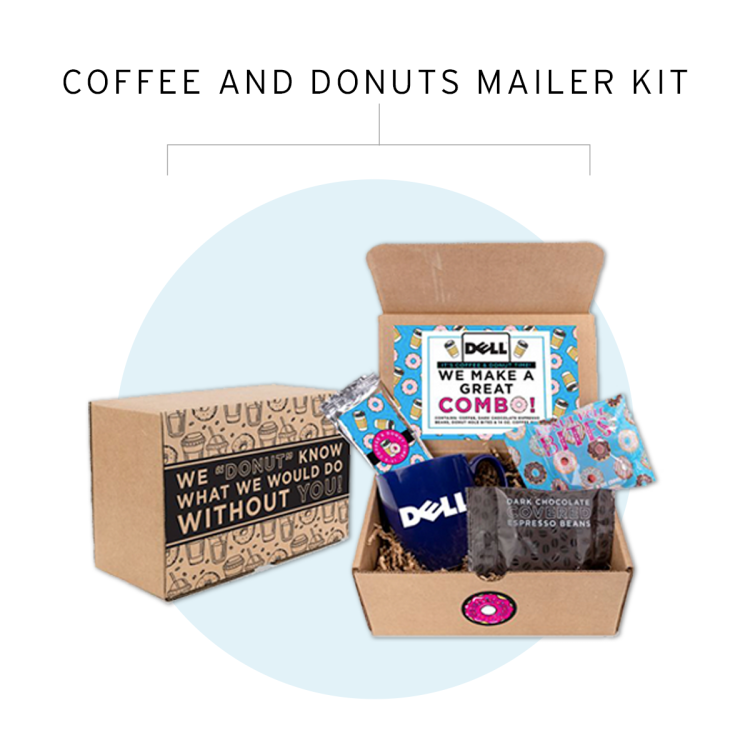Have you ever had a “wow” experience that you just couldn’t wait to tell people about? Whether it was a show that blew your mind with special effects, a restaurant’s cuisine that transported you abroad, or an exhibit that engaged your mind and your senses, it evoked a powerful emotional response. When we can enjoy experiences like this, they become memorable, shareable, and often viral.
That’s Where Experiential Marketing Comes In
This strategy leverages the power of human experience to help build goodwill, define a brand, entice leads, and encourage sales of a product or service. While the idea itself is difficult to define within strict parameters, it is an effective marketing strategy. To understand how experiential marketing works, it’s important to delve into what it is and why it’s so moving. It’s been a hot trend for a while now, and it’s only picking up steam.
What is Experiential Marketing?
Experiential marketing invites people to engage in a hands-on interaction with a brand or a business. It can be live or virtual, or even a combination of the two. The important part is that there is engagement. Since it’s such a wide-ranging strategy, it follows that experiential marketing goes by a wide variety of names. You’ll hear it called participation marketing, live marketing, event marketing, xm marketing, engagement marketing, or on the ground marketing. Sometimes it involves the product or service that is being advertised, and many times it does not. Sometimes it takes place at an event and sometimes it’s a pop-up that creates its own event. Sometimes it lasts for days or weeks, and sometimes just for minutes. However, it is always always an experience.
Here are some places you might expect to find this strategy:
- Award Ceremonies
- Concerts
- Events, Festivals
- Trade Shows and Conferences
- Retreats
- On the Street
- Highly Trafficked Areas
- Spots that Align with the Brand
- Community Service Events
- Stores
- Restaurants
- Subscription Boxes
- Anywhere
Related: Elevating Your Subscription Box Contents with Promotional Products and Inserts.
Why is Experiential Marketing Exploding?
This strategy has seen stratospheric adoption because it not only helps brands and businesses build an emotional bond with a prospect, but it also enables marketers to collect important information about them. It’s been also been shown to have a measurable ROI, because experiential marketing:
- Builds Brand Awareness: For those unfamiliar with your brand, an actual experience will provide a real connection.
- Creates an Emotional Connection: Sensory experiences can create strong emotions which drive purchase decisions.
- Generates Goodwill and Loyalty: Customers and prospects appreciate the extra thought that goes into crafting a good experience. Many times they’ll receive free promotional products, services, discounts, or other goodies too—and this engenders greater favorability and loyalty toward a brand.
- Provides Sampling Opportunities: Experiences help people try your product or service in a controlled atmosphere, with opportunities to interact with products and services in ways that other media channels simply can’t deliver—like taste, smell, or touch.
- Leverages Several Channels: You can engage people digitally, in real life, or with a combination of the two. When you employ various touchpoints, you create a more complete picture of your brand.
- Goes Viral: People can’t keep exceptional experiences to themselves. They’ll share on social media, with their friends and families, and beyond. Offline activities can easily spill online, and the effects are exponential.
- Provides Information and Insights: People are happy to share emails, phone numbers, and other important contact information (or demographic information) in exchange for a memorable experience. These events also provide a chance to interact with your target audience and understand their needs better, perhaps surveying them or soliciting ideas.
Related: Ordering Branded Promotional Products: Everything You Need to Know.
How to Use Experiential Marketing to Grow Your Business in 2023
There are countless examples of uber creative experiences offered by brands both big and small. Experiences don’t always require large budgets or a ton of planning. Creativity is key, and knowing what your target audience would enjoy should be the driving consideration. Here are a couple of inspiring examples:
Create a Candy Land
Companies like Mars Candy, for example, wanted to involve customers in picking their next big M&M flavor. This iconic brand connected with people by creating a pop-up space in New York City with a number of “M&M Flavor Rooms,” each themed to represent a possible new flavor: crunchy raspberry, crunchy espresso, or crunchy mint. They engaged as many of the senses as they could, providing snack and drink samples to taste, enveloping each room in color, design, and fragrance, and even providing tactile environments to bring each flavor to life. By exploring this space and then voting on a flavor, customers were intimately involved with helping choose the next new product—a very exciting and motivating experience.

Discuss Weighty Matters
On the flip side, Lean Cuisine ran an experiential campaign with not a meal in sight. Called “#WeighThis,” they positioned “scales” made of small whiteboards in New York City’s Grand Central Station, where women could write what they’d like to weigh in their life, from their accomplishments as a mom to their achievements in higher education. Lean Cuisine branded the event and provided a hashtag to help it go viral; this led to a 33% increase in positive brand perception with 6.5 million in reach in just the first week. This event positioned Lean Cuisine as a great advocate for women, while still aligning with their healthy lifestyle brand.

Run with the Trend
As you can see, there are very few rules when it comes to this type of marketing. While you want people to associate your brand with the experience, it’s important to keep the experience front and center. Make sure that you’re providing something of value, whether it’s a discount for the product, a sample, or the product itself. It might be something unrelated to the product but still in line with the feeling you want to convey. Watch what’s trending on social media and throughout popular culture. By taking advantage of new trends and novel ideas, you’ll create an experience that screams to be shared. Have fun and go big. Sometimes the coolest ideas don’t require a lot of capital—just a lot of creativity. Most importantly, think from the customers’ point of view. Consider the location, time of year, what their mood might be, what the surrounding opportunities are, and then give them an experience they won’t forget!

Build Experiences That Live On
There are truly no limits when it comes to experiential marketing. At Ironmark, we’ve helped create memorable moments that truly wow customers. From an unexpected breakfast in a box to a large scale immersive trade show experience, we’ve seen the power of presence. Want to make your next customer experience exceptional? Talk to our team about bringing your brand and business to life. We’ll give them a moment they’ll never forget!




